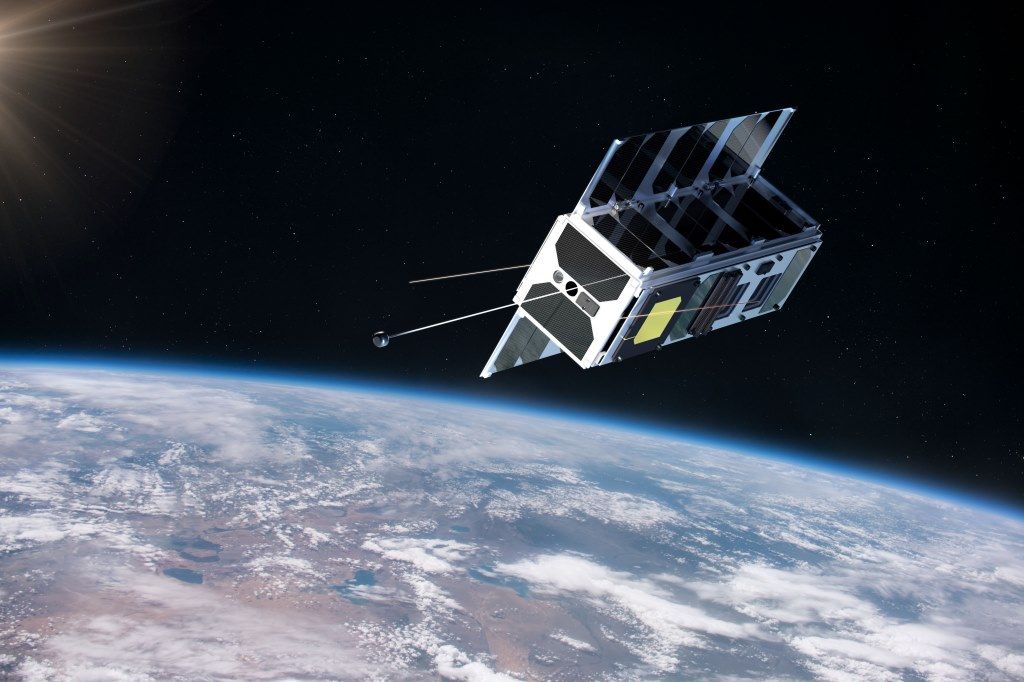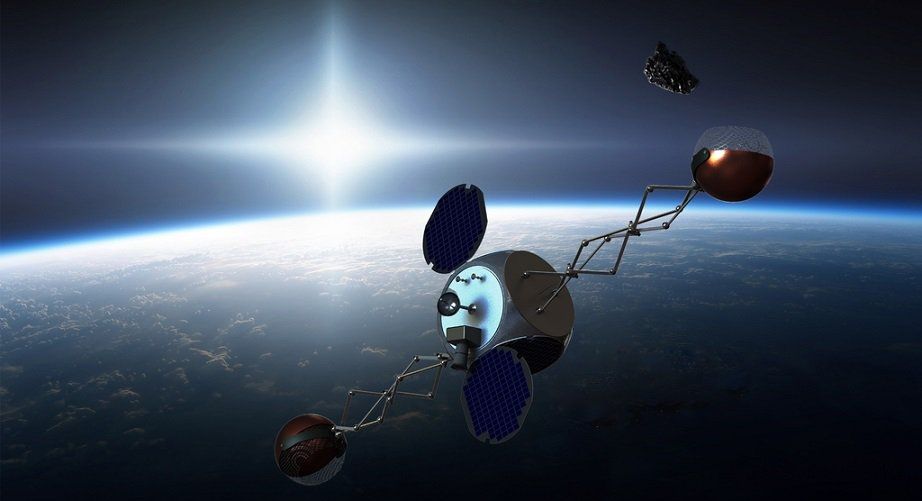Estonia will receive a 100th birthday gift next year that will be truly out of this world – as part of the country’s centenary celebrations in 2018, ESTCube will unveil its second satellite while its team embarks on a mission across Estonia to educate young people about opportunities within the space industry.
ESTCube-2 will be three times larger and far more complex than its predecessor, ESTCube-1, which turned Estonia into an unlikely space nation when it entered orbit in 2013.
ESTCube-2 is planned to blast off in 2019 and will operate at approximately 680 kilometres (423 miles) above Earth, which is almost twice as high as the International Space Station. However, the satellite is being designed to boldly go much further.





 עברית (Hebrew)
עברית (Hebrew)